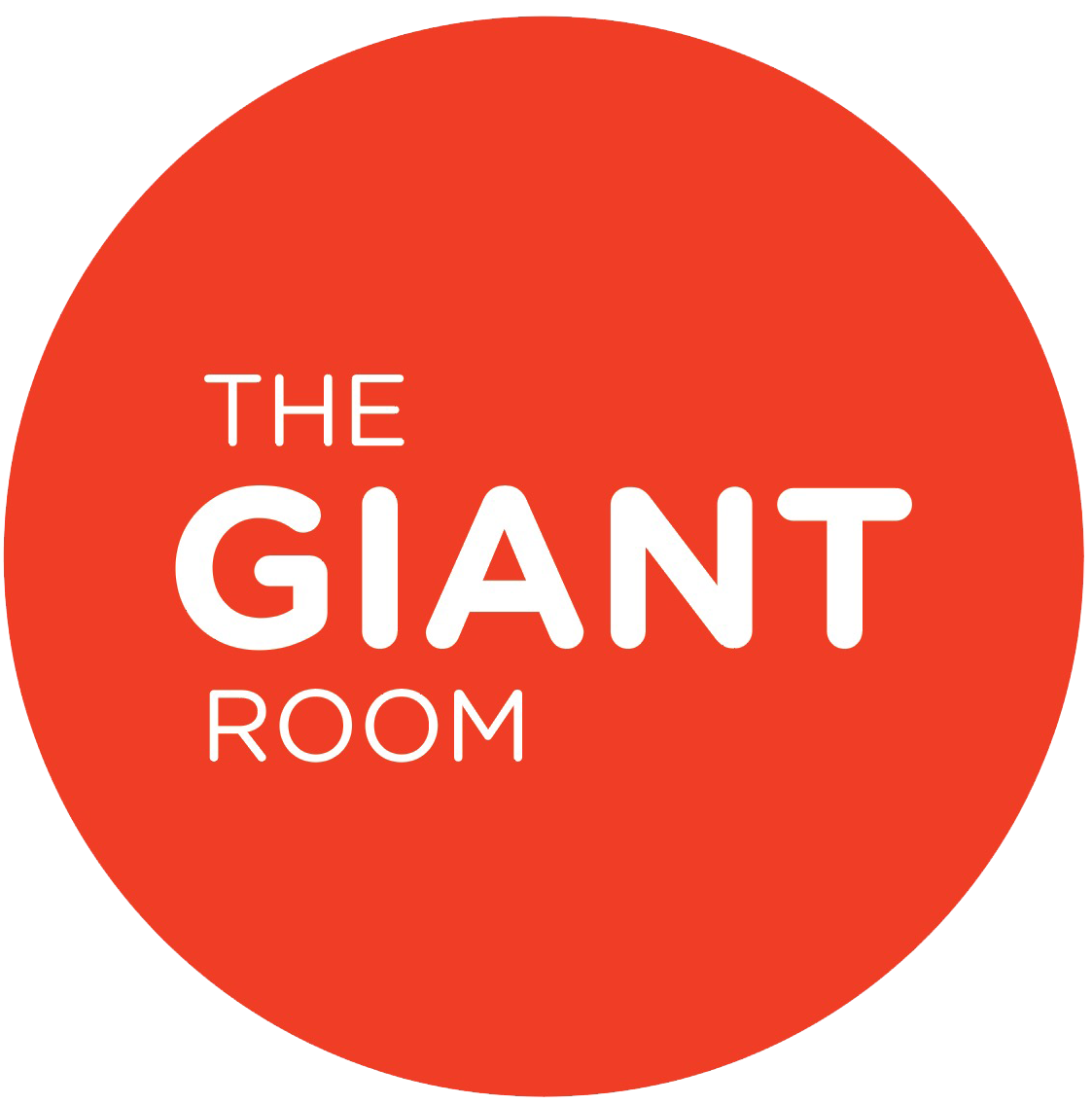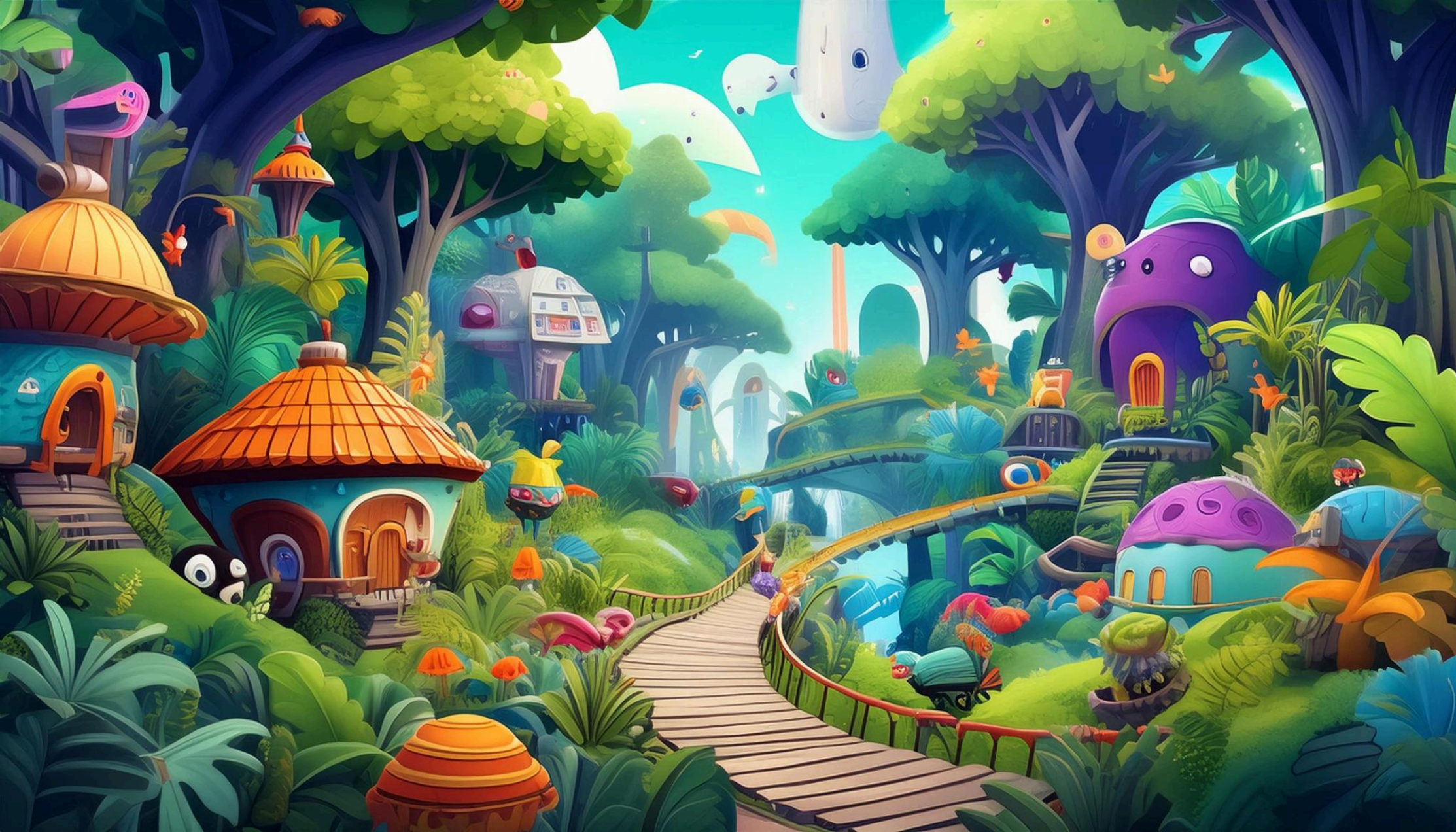GIANT AI Guide for Educators: Creative STEM Learning with AI - UNIT #4
GIANT AI UNIT #4: Integrate AI Literacy into Your Computer Science Curriculum
This unit supports elementary school teachers to integrate AI literacy and prompt engineering as part of their computer science/coding curriculum. Here we provide a simple example of how students might use AI tools to create background images for a game they can code in Scratch. Please note that the first two sections in this guide, titled “How Text Generative AI Works” and “How Image Generative AI Works” are also great additions to your computer science curriculum to introduce AI literacy to your students.
START YOUR LESSON: Invite your students to play this Search and Find Scratch game designed by the GIANT team.
HANDS-ON ACTIVITY: Time for your students to remix the GIANT Search and Find Game and make it their own. Here are the steps they can take to code their own version of the game:
Step 1: Generate new backgrounds using an AI tool of their choice, such as Adobe Firefly or Canva. To do so, they may use one the the prompts from GIANT Prompt Library:
Prompt: Where's Waldo style children's book, super detailed [location], filled with [objects, characters, scenery, etc.]
Example: Where's Waldo style children's book, super detailed rainforest filled with creatures, characters, plants, animals, and vines
Image generated by Adobe Firefly Image 3 model, using the prompt example above:
Step 2: Generate new Avatar images using an AI tool of their choice, such as Adobe Firefly or Canva. To do so, they may use any of the prompts from the GIANT Prompt Library to create avatars and characters. Once they have created their avatars, they need to remove backgrounds of their avatars in Canva or Adobe to prepare them for import into the Scratch app. Alternatively, they may skip this step and simply use Sprites available on the app.
Step 3: See inside and remix this Scratch Code by changing the background image, uploading their own avatars as Sprites, and updating the code as they wish. For example, they may decide to add a time limit to play the game, add levels, change the pointing system, turn it into a two person competitive or cooperative player game, add animations, add hidden surprises, and more!
SHARE ABOUT YOUR LEARNING AND CREATIVE PROCESS: Invite your students to playtest each others’ games. As they play their games, encourage them to give and receive feedback to improve their designs.

